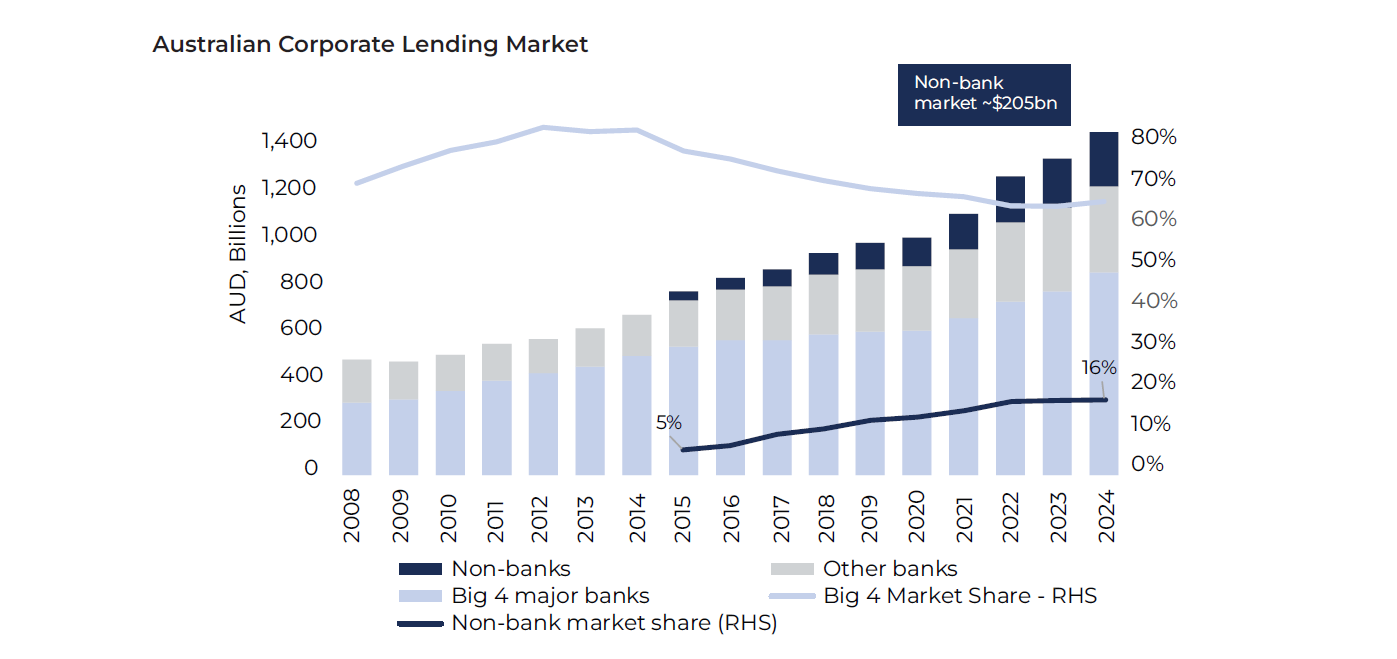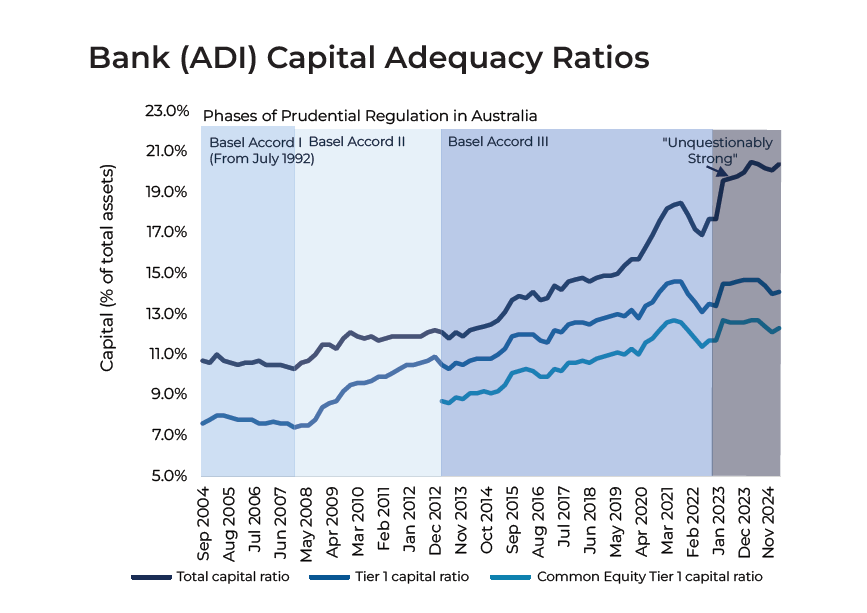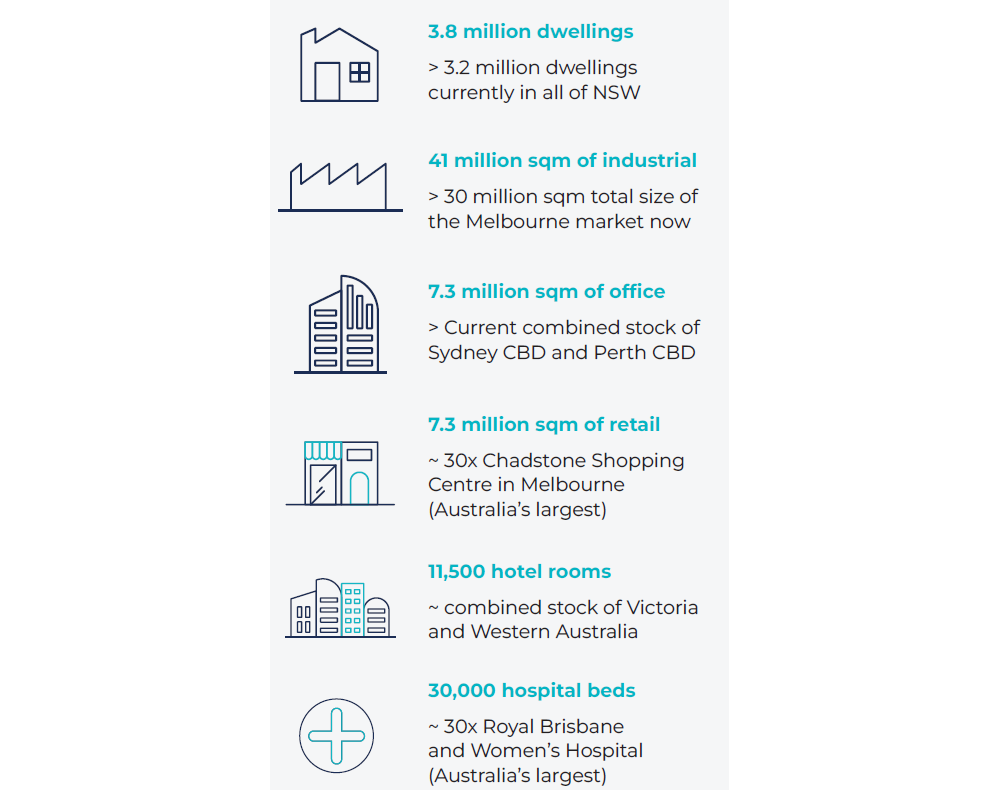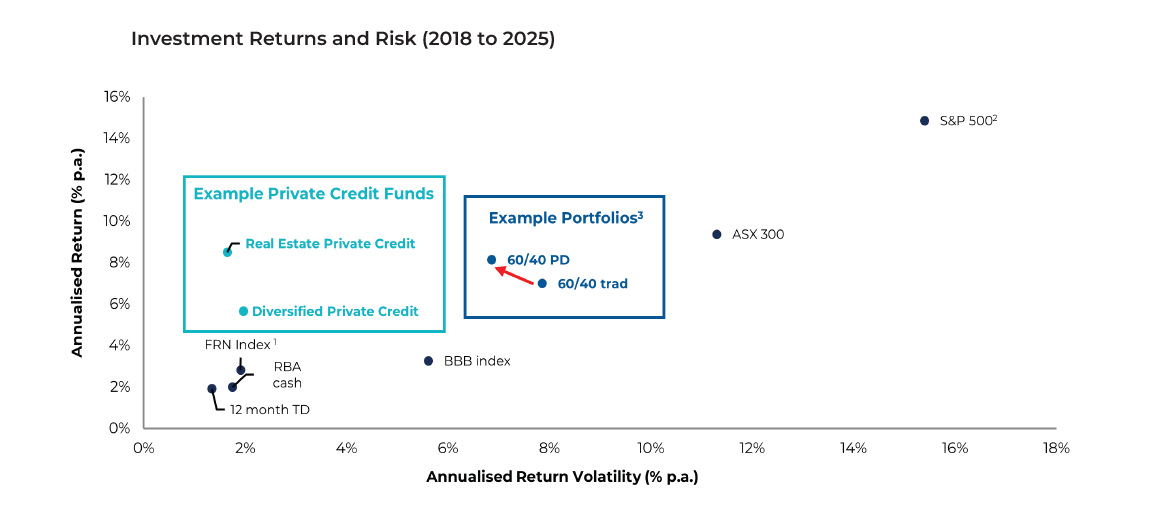New Metrics research paper explains why real estate private credit is here to stay
Over the years, I’ve had numerous conversations with Metrics Credit Partners’ Co-founder and Managing Partner Andrew Lockhart, discussing the evolution of Australia’s private credit market - from its origins as an alternative funding source to its growing role as a mainstream component of investment portfolios.
In previous interviews, Lockhart has explained that Metrics’ success lies in disciplined deployment, rigorous risk management, and transparency. He’s also stressed that “private credit is the lifeblood of economic activity,” a statement that seems prescient given the findings in Metrics’ latest research paper, Here to Stay: Real Estate Private Credit’s Ongoing Role in Investment Portfolios (October 2025).
The paper, authored by Leigh Warner, examines the remarkable growth trajectory of Australia’s commercial real estate (CRE) private credit market, its long-term outlook, and the structural and regulatory forces underpinning its expansion.
Below is a summary of the paper's key points. The full version can be downloaded at the bottom of the wire.
SUMMARY OF KEY POINTS
1. The rise of real estate private credit
The research paper opens by noting that private credit in Australian CRE has more than doubled in the past four years, expanding from roughly $35 billion in 2020 to $86.6 billion in 2024 — a compound annual growth rate of around 25%.
Two key factors have driven this:
- Investor demand for stability and predictable returns amid volatility in equities and bonds.
- A persistent “funding gap” left by banks retreating from CRE lending due to tighter regulatory capital requirements.

2. The structural drivers behind the urge
Several long-term developments have created fertile ground for the rise of CRE-backed private credit:
- Bank regulatory tightening: Successive Basel Accords and APRA’s “unquestionably strong” capital framework have increased banks’ Common Equity Tier 1 capital ratios from single digits in the mid-2000s to above 20% by 2024.
- Higher risk weights for CRE loans: Development and land loans attract steeper capital charges, prompting major banks to reduce exposure.
- Borrower flexibility: Developers have turned to private lenders for faster approvals and more flexible loan structures — even at modestly higher interest costs.
These dynamics have effectively transferred a growing share of CRE financing to non-bank lenders, who now command roughly 16% of total corporate lending, up from 5% in 2015.

3. The outlook: growth set to continue
Despite the recent turn in the interest-rate cycle, private credit’s expansion appears far from over. According to Foresight Analytics, CRE private credit in Australia is projected to grow by 85% between 2024 and 2029, reaching $160 billion and capturing 22% of total CRE lending.
Two primary factors underpin this outlook:
- A widening funding gap: Banks remain constrained by capital rules, limiting their competitiveness in higher-risk CRE segments.
- Structural demand for property: Continued population growth (forecast at 1.1% p.a. to 2050, versus 0.3% for the OECD average) will require substantial construction activity across housing, industrial, and commercial sectors.

4. Why investors are likely to stay the course
The paper argues that private credit’s risk-adjusted returns remain compelling even as macro tailwinds shift. Investors have come to appreciate:
- Stable, contractual income streams comparable to bonds, but without public-market volatility.
- Capital protection via property-secured lending.
- Diversification benefits, as private credit behaves differently from both equities and traditional fixed income.
The authors draw parallels to the classic 60/40 portfolio, suggesting that substituting part of the bond allocation with private credit may increase returns while reducing volatility.

1. FRN is Floating Rate Notes which are bonds priced as a spread over a reference rate such as Federal Funds Rate.
5. The importance of manager selection
As CRE private credit becomes a mainstream allocation, the paper emphasises that manager selection will be increasingly critical.
Key considerations include:
- Scale and diversification: Larger loan books reduce concentration risk.
- Experience and governance: A proven track record across cycles, supported by robust oversight and proactive risk management.
- Multi-strategy capability: The ability to adapt to changing macro conditions and originate quality loans through established networks.
Metrics’ own credentials are presented as an example. Since 2013, the firm has grown to manage over $30 billion in assets, having originated $25 billion across 800 real-estate transactions. Lockhart highlights that scale enables better diversification and more decisive management when issues arise - all with capital preservation at the core.
"Scale on its own doesn't guarantee success, but in private credit, it provides a crucial advantage - you can better mitigate downside exposure, broadly diversify portfolios of loans, and act decisively with the support of an experienced team" - Andrew Lockhart.
Conclusion
The Metrics research paper makes a fact-based case that real estate private credit is now a permanent feature of modern portfolio construction. Structural factors - regulatory settings, population growth, and investor appetite for stable income - support ongoing expansion of the sector.
While risks such as loan arrears and defaults will inevitably rise during economic slowdowns, the report concludes that experienced managers with scale and governance depth are well positioned to safeguard investor capital and continue to deliver consistent outcomes in a maturing market.
3 topics
1 contributor mentioned

